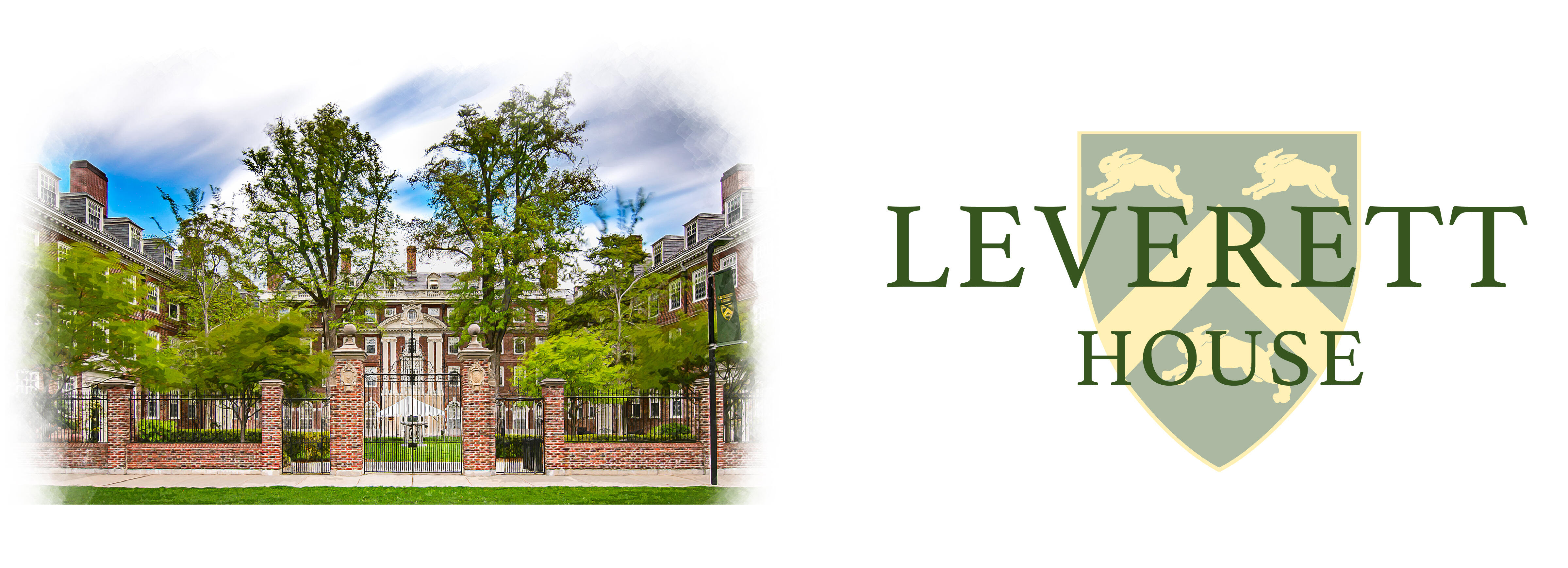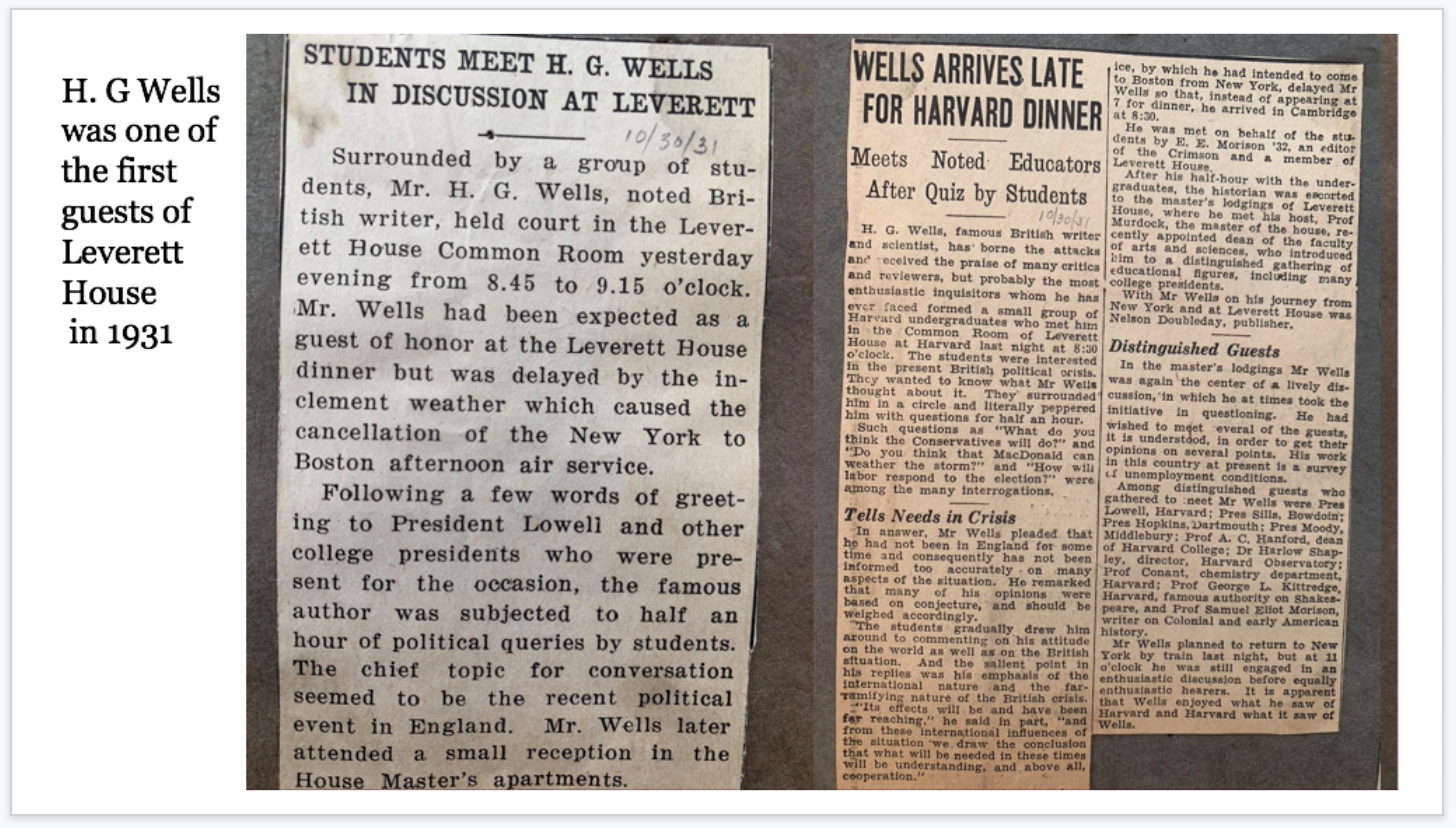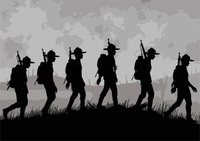House History
Leverett History
Attending Harvard College means living in residence. Harvard freshmen live in seventeen Yard dormitories, ranging from Massachusetts Hall, designed by Harvard President John Leverett and built in 1720, is the oldest Harvard dormitory building (and also houses the current President’s office). Canaday which was completed in 1974, is the youngest. The Dean of First-Years oversees these students. Harvard upperclassmen live in one of 12 residential Houses, each housing 300-500 students and presided over by co-Faculty Deans who serve as Heads of the House. In each of the Houses, the Allston Burr Resident Dean serves as a resident academic dean.
Harvard's current House Plan, the inspiration of President Lowell, dates back to the early 1930's, but the idea and ideals behind it stretch back almost as far as the College itself. Across all four centuries of Harvard's history, learning together has meant living together. President Lowell's wishes came to fruition in 1928 when Edward S. Harkness, Yale '97, offered more than ten million dollars to provide for the first seven Houses. The Houses were to be patterned after the Oxford and Cambridge Colleges and were meant, in President Lowell's words, "to unite learning with the fine art of living." Two of the new Houses, Dunster and Lowell, opened in 1930; Eliot followed in 1931, along with Adams, Kirkland, Leverett, and Winthrop. Dudley House was created in 1935 to serve non-resident students. Quincy House followed in 1959, Pforzheimer and Cabot (formerly North House and South House respectively) were formed in 1961; Mather and Currier opened in 1970.
The oldest Leverett building is McKinlock Hall, constructed in 1925 and named in honor of Harvard alumnus George Alexander McKinlock, Jr. '16, an Army Lieutenant who was killed by sniper fire in France in July 1918, during World War I. Leverett House also has two 12 story towers and the award-winning Saltonstall Library building, all completed in 1960. Leverett has the largest student body of all of the Harvard Houses.
Leverett House was named after John Leverett, who was President of Harvard from 1708 to 1724. Leverett's election was one of the significant turning points for Harvard, as every President before him had been a clergyman. Leverett was a leader of the liberal movement in the Congregational Church and he opposed the powerful clergymen Increase and Cotton Mather, who had attempted to impose upon the College a new charter containing a loyalty oath that would have refused appointment to the faculty of anyone not willing to acknowledge the primacy of Biblical scripture. According to Samuel Eliot Morison, "Leverett, in a word, founded the liberal tradition of Harvard University." Leverett, during his tenure as president, also improved the quality of instruction in the College and maintained the position of Harvard in the critical years when Yale was becoming a formidable rival.
The word leveret means young hare as reflected on the Leverett family crest, which is the source for the Leverett House Shield of three running hares. The motif of three hares, running in a circle and sharing three ears, originated in Asia in the first millennium and spread to Europe and the Middle East in medieval times. The significance of the number three is universal, and hares are prominent in cultural history around the world.
Harvard in the teens and twenties had constructed three student residences on the banks of the recently dammed Charles River, occupied originally by freshmen. McKinlock Hall was one of those original buildings. The other two were Standish and Gore Halls of Winthrop House. These two neighbors Winthrop and Leverett therefore have the oldest residences among the Harvard Houses. With the formation of Leverett House in 1930-31, Mather Hall across Mill Street was built along with the present dining hall and Master's Residence. Six squash courts were also constructed adjacent to Mather Hall. Leverett remained in that configuration until the early 1960's when the College expanded and the new Houses were added. Mather Hall became a part of Quincy House, and was renamed Stone Hall, the squash courts were lost, and the two Leverett Towers were built (modestly called F and G Towers, which rumor holds is short for Fred and Ginger). The Stone Hall parapets still have the initials LH at the top of the gutters. The Saltonstall family gave money for a new library, and the House offices moved to F-Tower. McKinlock was closed for extensive renovation in 2013-14 as part of the House Renewal process, the first House to undergo renovation of its primary common spaces. The new Light-Court and Rabbit Hole and the refurbishing of the Library Theater dramatically expanded programming opportunities in the House, while the dining hall and the Junior Common Room were restored to their original magnificence.
The first Master of the House was Kenneth Murdoch, Professor of English and Dean of the Faculty of Arts and Sciences. The second Master was Leigh Hoadley, a biologist interested in the development of animals. The third Master was John Conway, an historian and bachelor for most of his tenure at the House. He married his wife Jill in Leverett House in the early 60's, and later they were at Smith College where she served as President. Richard Gill, an economist, was the fourth Master. Master Gill was a wonderful bass and he sang each year in the Leverett House Opera--a fixture in the House. While Master he auditioned for the New York City Opera and was offered a contract. He accepted and left Harvard, economics, and Leverett to begin a new career, first with the New York City Opera, and later with the Metropolitan Opera.
The fifth master was Kenneth Andrews, who was appointed in 1971. During his tenure the Houses became coeducational and Leverett had for the first time a Co-Master, Carolyn Andrews. Ken Andrews was a professor at the Business School (the first Business School faculty member to be appointed Master), and during Harvard's 350th anniversary celebration, was one of the 20 individuals receiving Harvard Medals for distinguished service to the University. His citation read: "He understands, as Mark Twain never did, how business works best; his writings elucidate the complex subject to the benefit of his Harvard colleagues and of managers everywhere." Renowned biologist John Dowling and his wife Judith were appointed as the sixth Masters of Leverett House in 1981.
The late ‘90s saw important changes in the House system: Randomization; Housing Day on which House assignments are announced and celebrated with the unveiling a new House Shirt each year; and perhaps most important, the opening of House Dining Halls 24 hours a day.
Physicist Howard Georgi and biologist Ann Georgi became the seventh Masters in 1998. Ann and Howard Georgi were the longest serving Heads of Leverett House.
In 2018, evolutionary biologist and beetle expert Brian Farrell and plant scientist Irina Ferreras became the 8th appointed Heads of Leverett. Irina was the first Head of a Harvard House from Latin America.
In 2022, Daniel Deschler and Eileen Reynolds, professors at Harvard Medical School, were appointed Interim Faculty Deans. In 2023, they were appointed to full terms as Faculty Deans of Leverett House. Both Dan and Eileen teach medical students, residents, and fellows about their respective areas of expertise. Dan is a head and neck cancer surgeon at Massachusetts Eye and Ear Infirmary, with a special emphasis on microvascular reconstructive techniques. Eileen is a primary care doctor at Beth Israel Deaconess Medical Center who leads a leadership fellowship and a large faculty group that focuses on clinical, educational, and research programs in general internal medicine.
Distinguished guests of Leverett House have included writers H.G. Wells, W.B. Yeats, T.S. Eliot, Robert Frost, and activist Malcolm X. Visiting musicians included Artie Shaw, Billie Holiday, Freddie Hubbard and Aaron Copland. Harvard College Dean Archie Epps was a music tutor here, as was Yo Yo Ma. Professor of Sociology Orlando Patterson was Allston Burr Senior Tutor. Archibald MacLeish, Perry Miller, and Lillian Hellman lived on the top of F-Tower.
Many more snippets of the storied Leverett history are recorded in the annals of the Rabbit Read column called Lev Lore.



